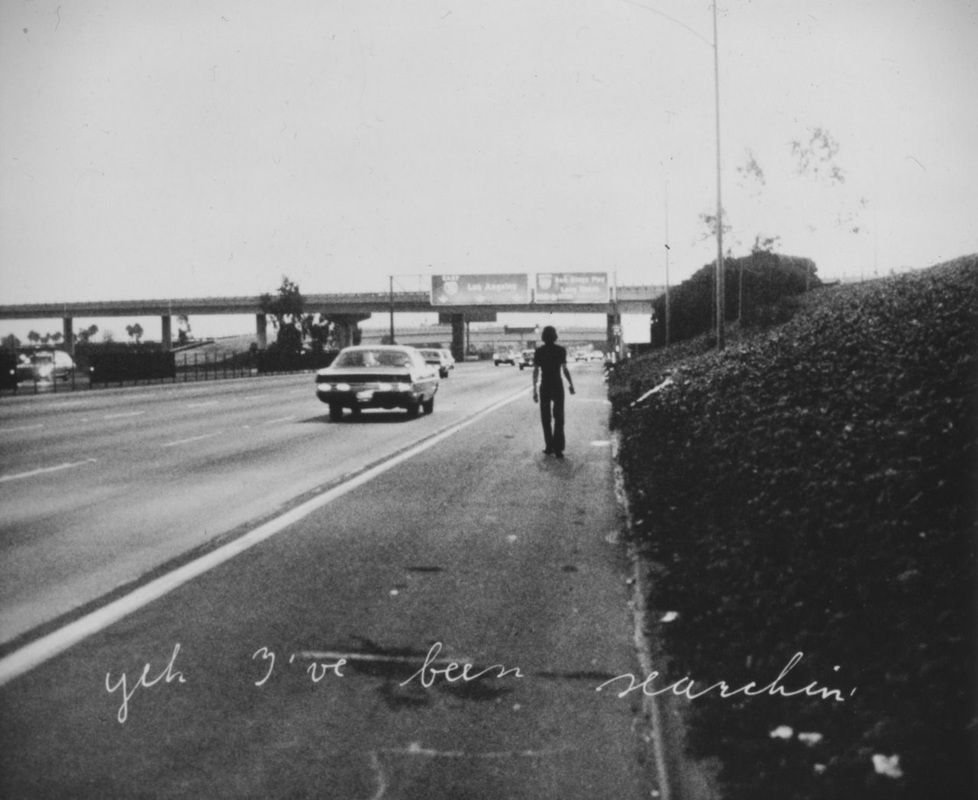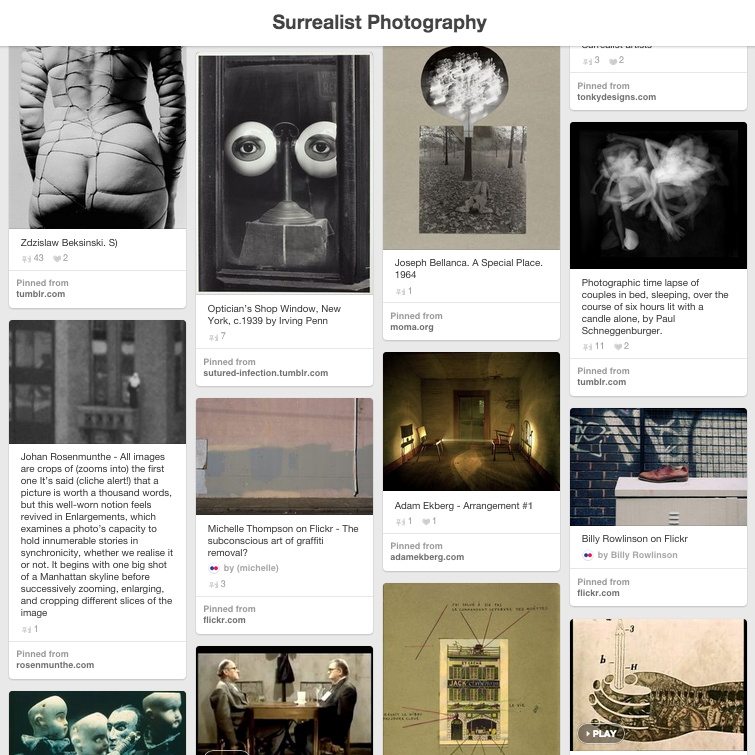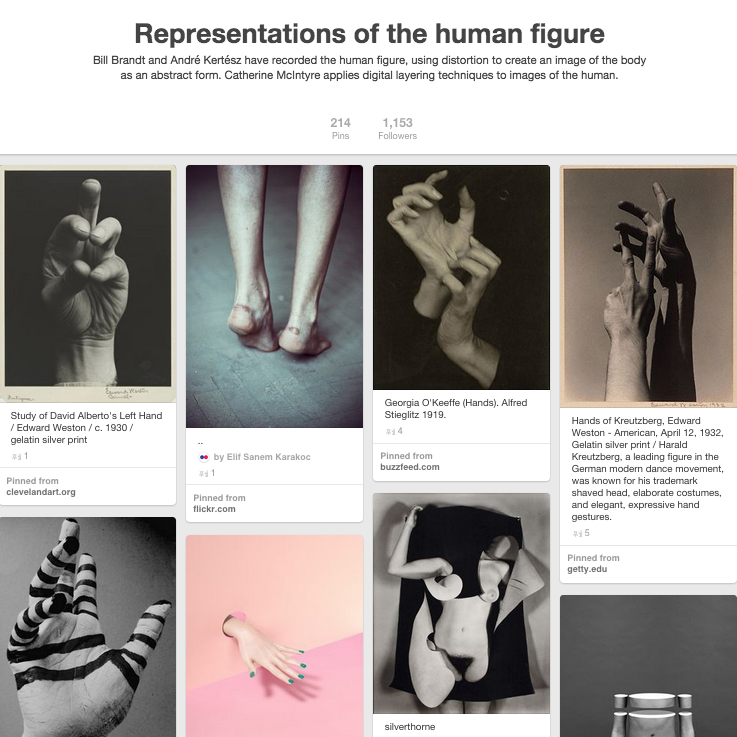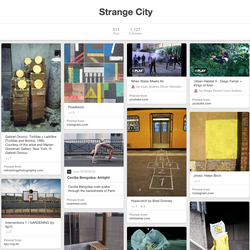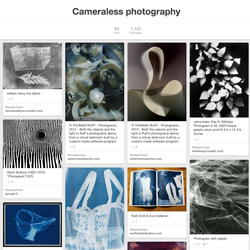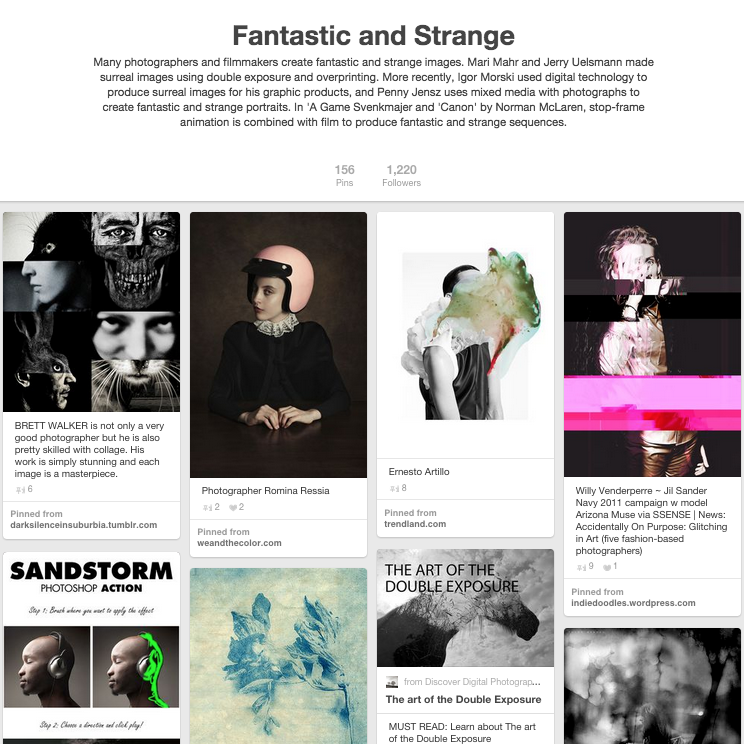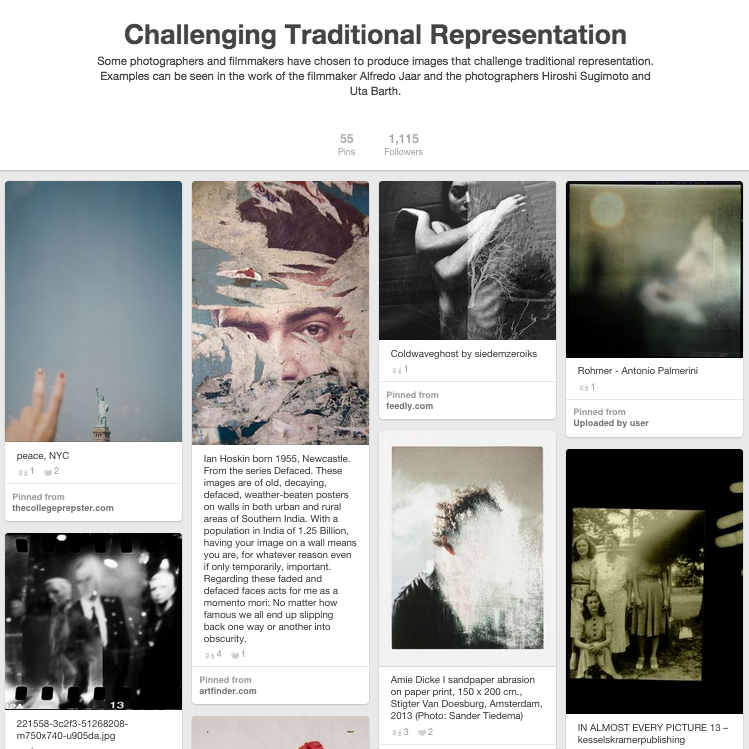Post 16 lesson plan:
Searching for the miraculous: Investigating ways in which photographers have discovered the marvellous in the everyday
From Jon Nicholls, Thomas Tallis School
Surrealism lies at the heart of the photographic enterprise: in the very creation of a duplicate world, of a reality in the second degree, narrower but more dramatic than the one perceived by natural vision. The theme of this unit of work is the way that the ordinary, (the mundane, the everyday, the quotidian) is transformed simply by being photographed. It is a set of provocations designed for Year 13 photographers embarking on their Personal Investigations. It's a constantly evolving sequence of ideas and images designed to encourage students to think hard about the relationship between photography and reality.
What happens to a subject when it is photographed? |
The following activities are intended to encourage students to reflect on some key Threshold Concepts. They are mostly inspired by ideas related to Surrealism, an artistic project that grew out of Dadaism (in Paris) and was officially launched in 1924 with the publication of the first Surrealist Manifesto. The Surrealists were quick to embrace the potential of photography to explore what Walter Benjamin would later refer to as "the optical unconscious". The camera sees the world differently to the human eye. Photographs are abstractions. They freeze time, making the scene photographed available in perpetuity. Photographs have edges. They collapse space, creating new and sometimes unlikely relationships between objects that were not previously connected. In the hands of the Surrealists (and successive generations of photographers) the camera became an instrument for creating new visions. But the Surrealists also appreciated the inherent strangeness of the documentary photograph, recognising that it too was a marvellous fiction. In Surrealism, the two dominant traditions of photography - the straight and the manipulated image - meet each other head on. The thoughts and experiments of the Surrealists continue to reverberate through the 20th century and are still relevant to contemporary art practice.
Surrealism found its most ardent ally in photography. |
Over time the true revolutions will be carried out through the power of images. |
|
Each of the sub themes below takes its starting point in Surrealism before tracing the reverberations in subsequent photographic culture.
Some starting points:Serious PlayChance, indeterminacy, games and instructions.
Dream CityUrban streets, the city at night, love in the city and liminal spaces.
Convulsive BeautyThe familiar made strange, the close-up, poetic objects and disguise.
|
| ||||||

